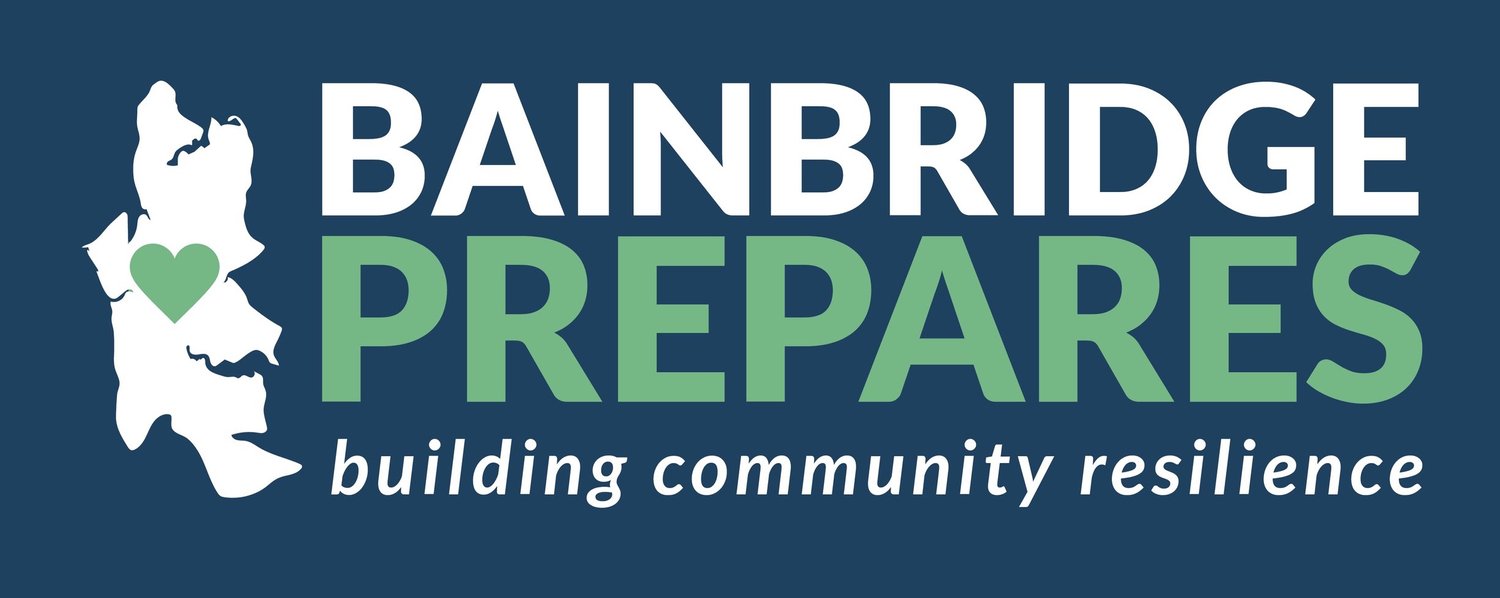It's Building Safety Month: Find out What You Can Do
The International Code Council (ICC) has released a wealth of home safety materials organized around five topics (one per week):
Building Safety Starts at Home
Building Safety Professionals and You
Prepare Your Community
Advocate for Your Community
Solving Challenges Together
Of particular interest in terms of disaster preparedness are weeks 1, 3, and 5. Week 1 tackles fire safety and building safety. Week 3 looks at disaster preparedness and hazard mitigation. And Week 5 focuses on global water scarcity.
ICC says that it takes under 30 seconds for a small flame to get out of control and become a major fire. The Council recommends smoke alarms on every floor, outside every sleeping area, and in each bedroom. But alarms are useless if their batteries are dead: Test them monthly and replace the batteries annually.
In addition, ICC recommends making an escape plan and choosing a meeting place outside the home. This is the best way to prevent people from running back into a burning house to save someone who is already out.
Finally, they emphasize clearance. Keep things away from heaters and keep debris away from the outside of your home; clean your gutters and trim and clear dead branches and leaves.
Building Safety
The ICC emphasizes mold prevention,electrical safety, and backyard and pool safety, specifically warning against overloading cords and power strips and recommending watching out for condensation and moisture in the home and for leaky pipes, draining pools and sprinkler pipes before winter, and replacing appliances that have damaged cords.
Hazard Mitigation
In its downloadable materials, ICC includes PDFs on mitigation of the hazards related to specific disasters. For example, the earthquake safety and resources download recommends the following building-specific steps:
Identify two ways to escape from every room in the home.
Hire an inspector to make sure your home is securely anchored to its foundation.
Strap water heaters, appliances, and TVs to wall studs.
Anchor bookshelves and heavy furniture to wall studs.
Secure pictures, mirrors, and ornaments to the wall with fasteners.
Know where and how to shut off electricity, gas, and water services.
Its flood-mitigation list offers the following recommendations:
Purchase flood insurance, even if you don't live in a high-risk area.
Elevate your home’s lowest floor above the Base Flood Elevation (BFE).
Elevate or floodproof HVAC and/or mechanical units, ductwork, electrical systems, and other utilities above the BFE.
Install flood vents in foundation walls, garages, and other enclosed areas.
Use flood-resistant materials in areas of your home below the BFE.
Anchor fuel tanks to the floor and make sure vents and fill line openings are above the BFE.
Install a backflow valve on your sewer system.
Add waterproof veneer to exterior walls.
Seal your basement walls with waterproofing compounds.
Water Scarcity
The ICC offers a comprehensive Water Conservation and Efficiency Toolkit with many suggestions for home upgrades. In addition, it has created a checklist of 10 Tips for Conserving Water at Home.
Check out all of the many Building Safety Month resources compiled by the ICC by starting here.

